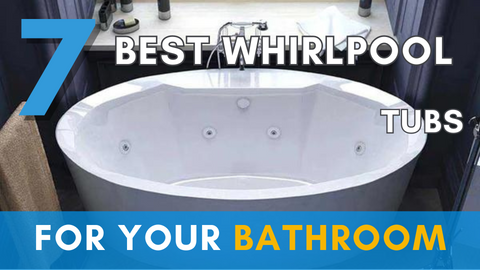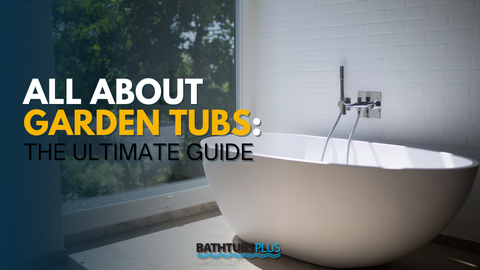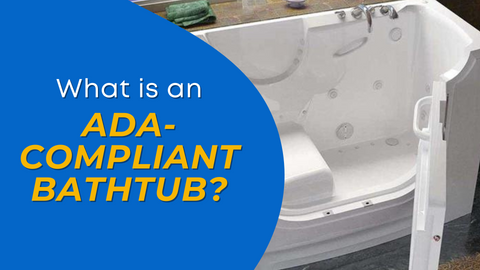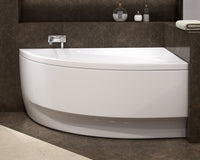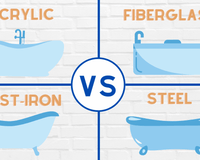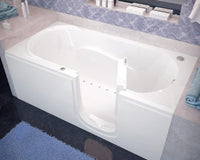Time to liberate your bathroom
Although for ages freestanding tubs have been associated with luxury, they are now more affordable than ever. In fact, whether you are remodeling your small bath or master bathroom in your home, there is a tub to suit your needs. A freestanding bathtub does not need three walls to be attached to - as the name suggests it is installed away from the wall.
Acrylic freestanding tubs are relatively popular since they are light weight, a cast iron or a stone tub or one made of bronze or copper proves to be sturdier and more durable in comparison. One major disadvantage of a stone tub is its weight so the bathroom floor must be strong enough to support up to two tons of weight in any case so that it does not collapse.
You need to decide on the material first which will determine the rest of your choices. You may opt for an acrylic pedestal or freestanding tub or ones made of stone, stainless steel, cast iron, bronze or even copper. Next comes its size - based on the space available you need to decide on the size of the bathtub. Also, utility is to be kept in mind along with comfort. A small freestanding tub may be sufficient, but only for a short bath not for a long luxurious soak or a couple’s bathroom. Whether to install an oval tub or a standalone regular shape one would also depend on the space available, because plumbing and other fixtures need fit in as well and there must be enough room to move around once everything is in place.
The variety of freestanding bathtub styles are available in the market now. How about ones with a pedestal? It not only raises the tub a bit off the floor, but adds a touch of class to your standard bathroom space. Freestanding soaking tubs are ideal for long soaks and available in different lengths to accommodate any bathers.
A slipper tub is higher on one end so that one can rest comfortably when bathing. There is also a double slipper freestanding and pedestal bathtub the edges of which are higher on both sides and can accommodate two people comfortably.
Tub's utility vs. design statement
Once considered a luxury item, bathtubs have come a long way. Earliest evidence shows that tubs back in the 3300 BC were made of hardened pottery. They proved to be quite popular in the 19th century with clawfoot tubs being all the rage among aristocracy and bathing was suddenly the in thing. Early bathtubs in England were made of cast iron, copper or tin before porcelain enameled ones were invented and now the variety available is inexhaustible.
Do bear in mind that bathtubs aren’t all about glamor and cleaning them can be quite tough. Also this statement piece can be expensive so the decision to install one in your bathroom should be an informed one rather than an impulsive one. Any direction you head in your tub will tell a story and bring an old world charm to your bathroom.


